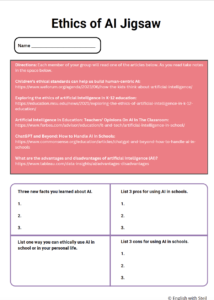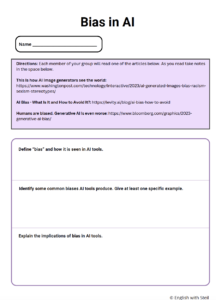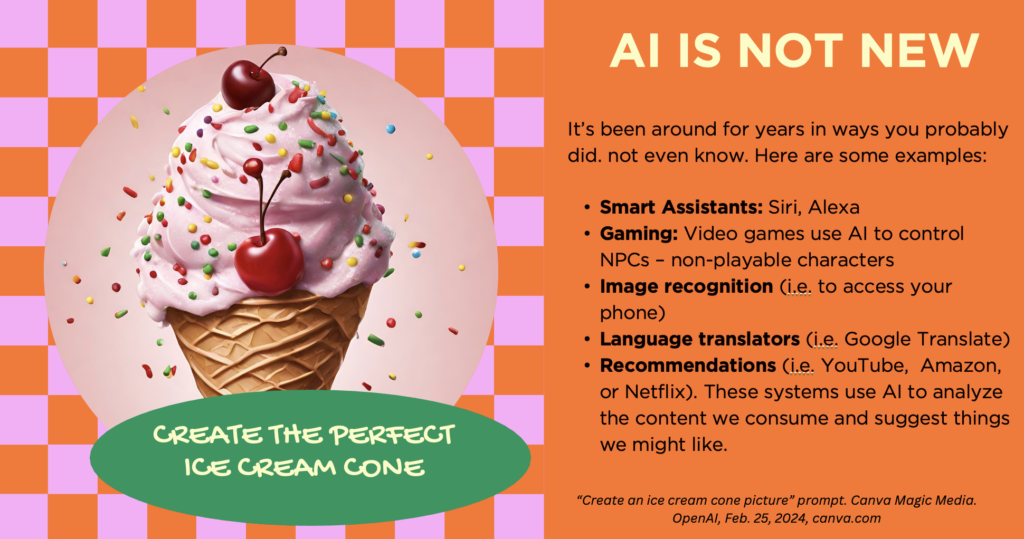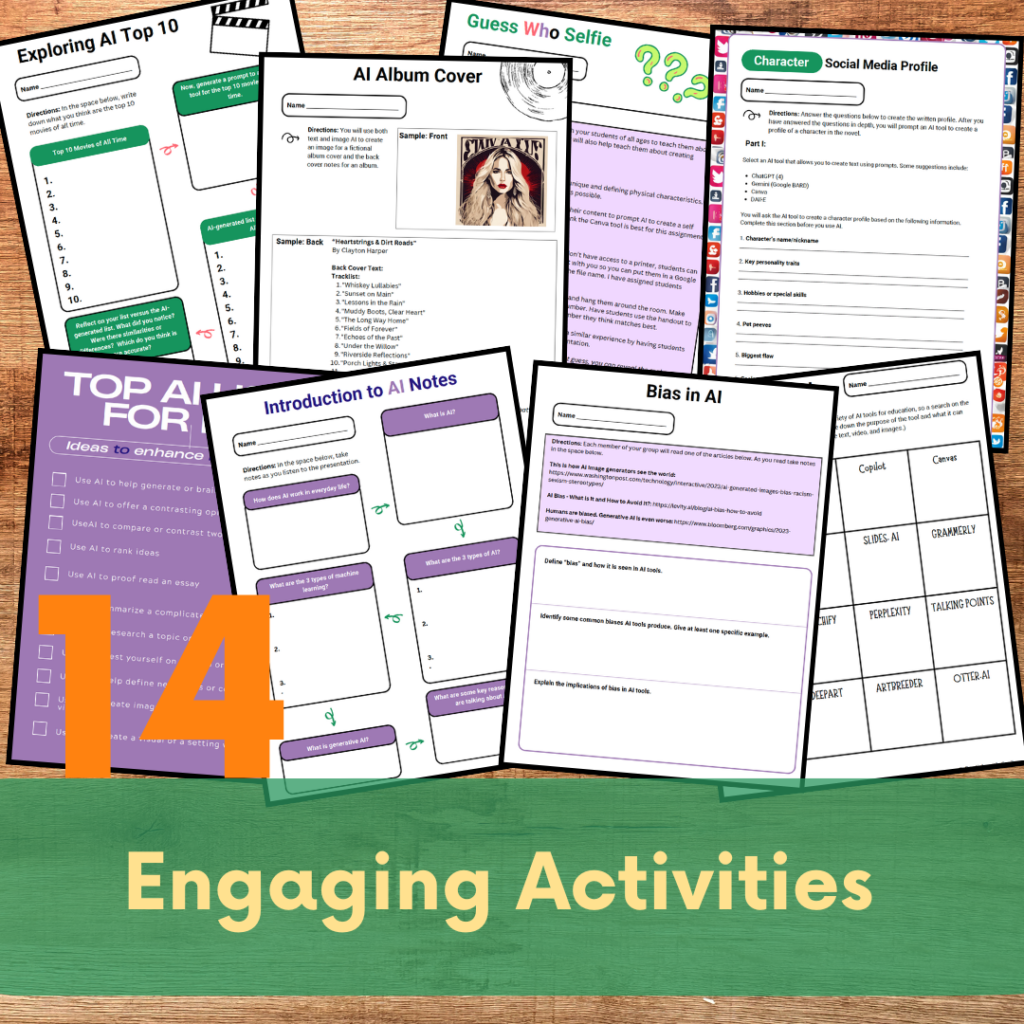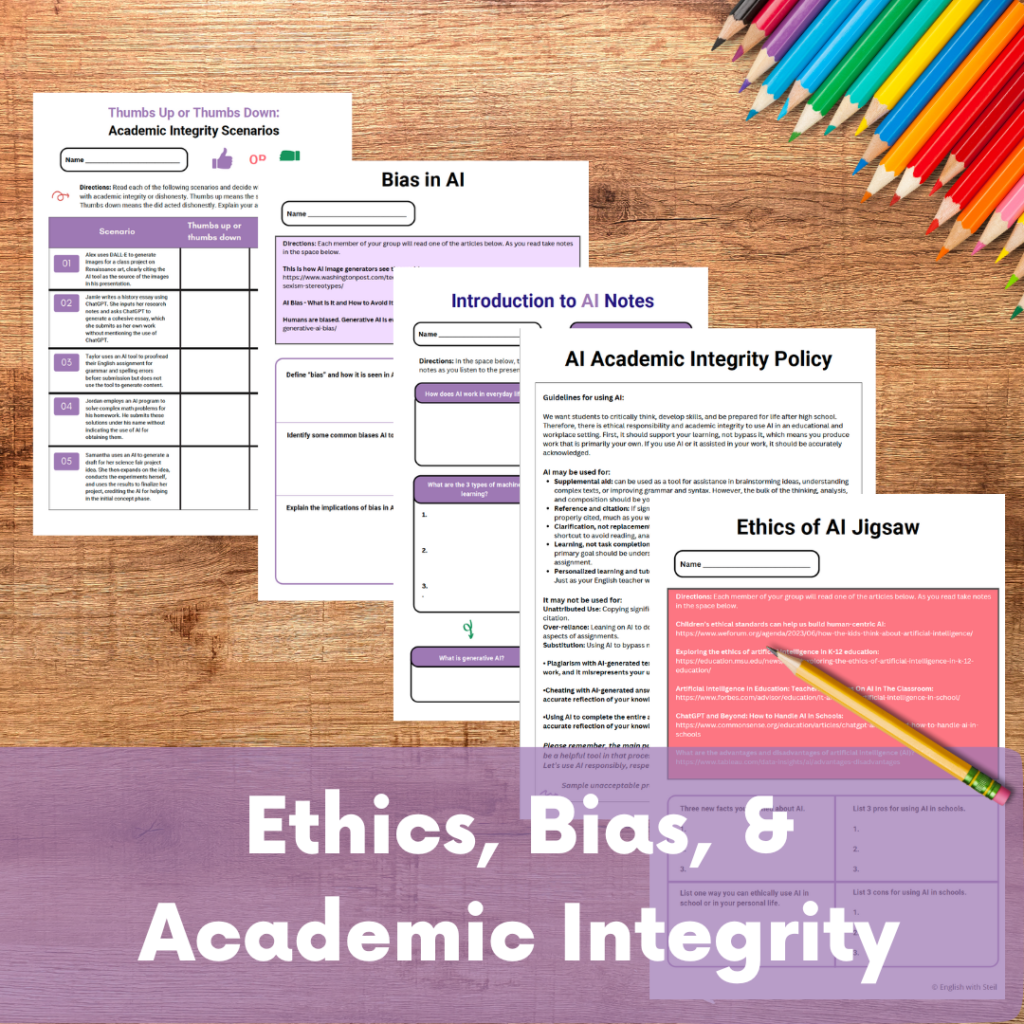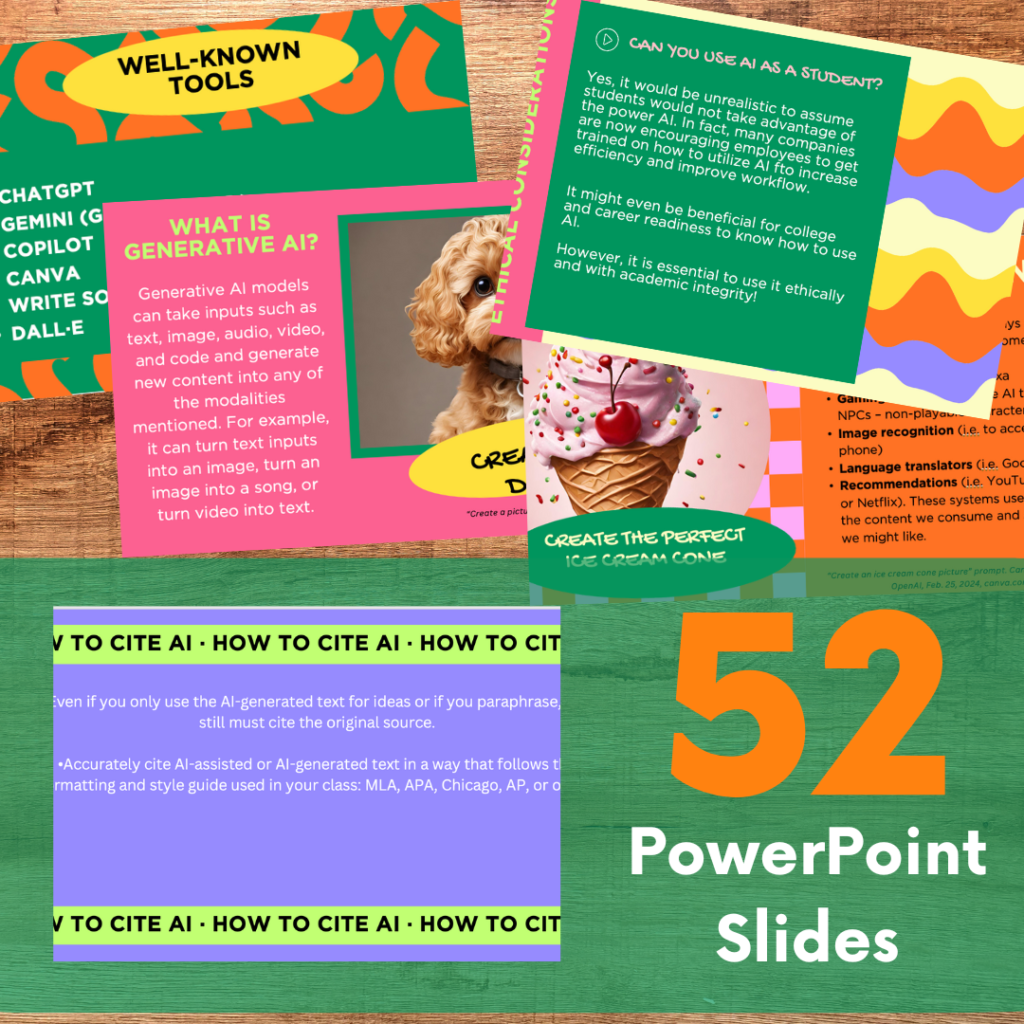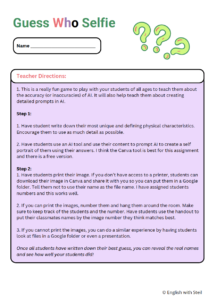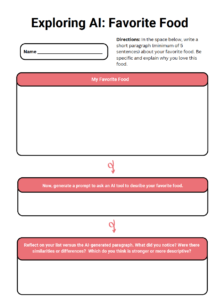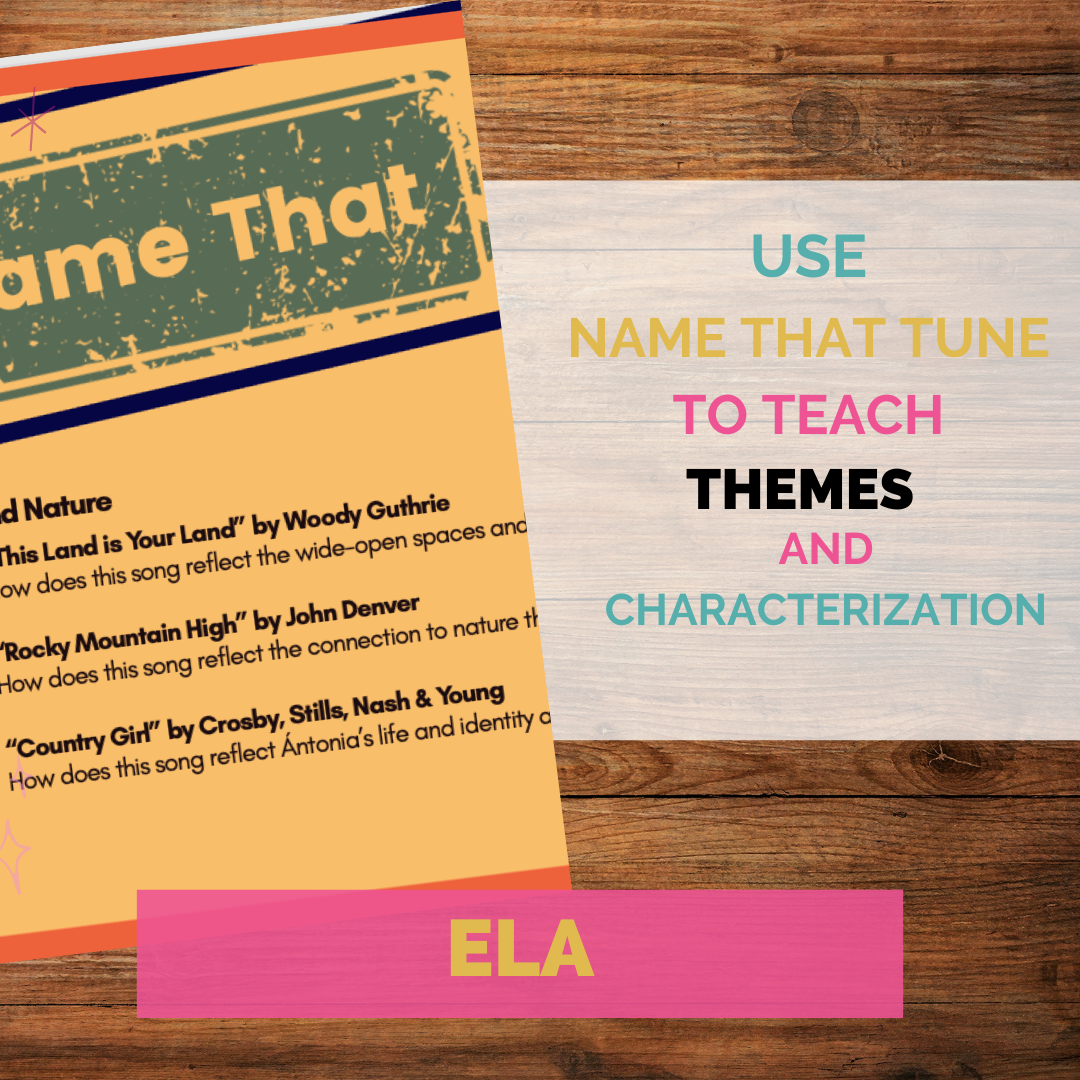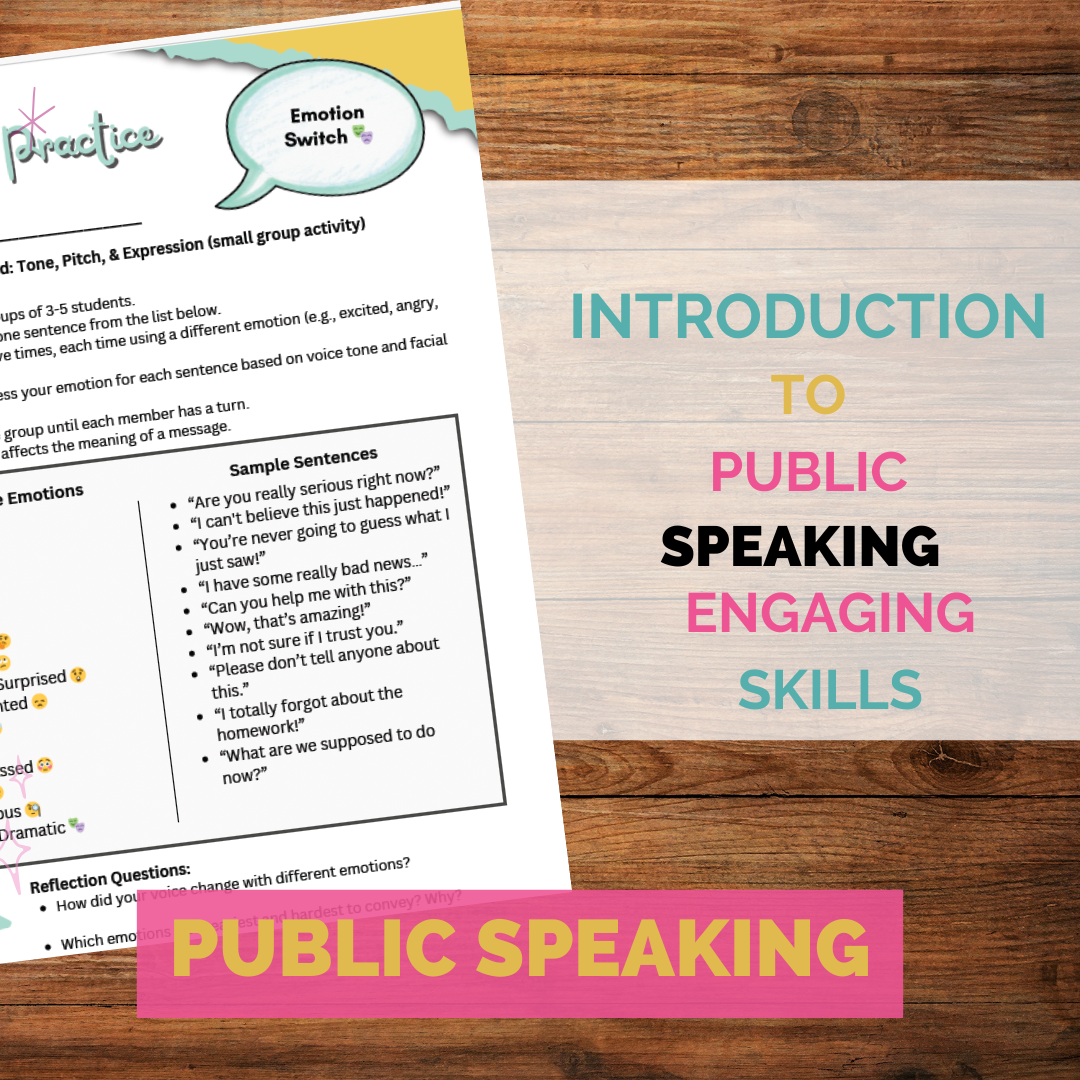The emergence of AI-powered tools like ChatGPT in the educational landscape has sparked both excitement and concern among educators and administrators. The capacity of these tools to generate detailed essays, solve complex problems, and provide instant answers has raised questions about their impact on learning, creativity, and academic integrity. This blog post explores the multifaceted challenges posed by AI in K-12 classrooms and suggests strategies to harness its potential responsibly.
The AI Dilemma in Education
The rapid adoption of AI technologies like ChatGPT in educational settings has led to polarized responses. On one hand, there’s an appreciation for their potential to enhance learning and teaching processes. On the other, there’s apprehension about their implications for academic honesty and the development of critical thinking skills for our students. School districts in major cities have responded by banning ChatGPT on school-owned devices over its potential to facilitate cheating and undermine learning objectives. While I absolutely think it’s critical to teach students about the ethical responsibility of AI, it’s also necessary to teach students how to use AI in constructive ways. The reality is that most workplaces are increasing their use of AI to increase efficiencies and workflow.
Concerns and Challenges
1. Academic Integrity
The primary concern about using AI revolves around the ease with which students can complete assignments using AI, bypassing the critical thinking and problem-solving processes integral to learning. This has prompted some districts to block access to ChatGPT on educational networks.
2. Information Reliability
While AI can generate comprehensive responses, the accuracy and reliability of the information provided remain contentious. In addition, AI is still in its infancy and has biases students may not be able to identify. Ensuring that students receive and use verifiable information is a challenge that educators must navigate.
3. Pedagogical Integration
Incorporating AI tools like ChatGPT into the curriculum in a way that enhances learning outcomes without compromising the development of essential skills requires thoughtful planning and professional development for educators.
Strategies for Educators
1. Embracing AI with Caution
Instead of outright bans, educators can explore ways to integrate AI technologies as supplemental tools that foster creativity and research skills. This involves developing assignments that encourage original thought and personal expression, leveraging AI for brainstorming or initial research rather than final submissions.
2. Enhancing Media Literacy
A key strategy is to bolster media literacy education, teaching students how to critically evaluate the information generated by AI. This includes understanding the limitations of AI, recognizing biases in AI-generated content, and verifying information through credible sources.
3. Innovative Assignment Design
Educators can design assignments that require more than factual recall, encouraging students to apply knowledge in creative and personal ways. Constructivist approaches that promote active learning and knowledge construction can make it more challenging for students to substitute AI-generated work for genuine understanding and personal insight.
4. Process-Oriented Assessment
Focusing on the learning process rather than the end product can mitigate some concerns associated with AI. By requiring drafts, outlines, and reflections, teachers can track students’ development over time and ensure that the final submissions reflect genuine understanding and individual effort.
Fun AI Activities Your Students Will Love
1. A Game of Opposites
Understanding perspectives is crucial in developing critical thinking skills. Using AI, students can input a statement or opinion and then ask the AI to generate a counterargument or the opposite perspective. This activity encourages students to consider different viewpoints and the logic behind them, fostering a more nuanced understanding of debates and discussions.
2. My Favorite Food
Descriptive writing is an essential skill, and what better way to practice this than by describing one’s favorite food? Students can ask AI to generate a description of their favorite dish, focusing on sensory details, ingredients, and preparation methods. This can be a stepping stone to a more detailed writing assignment where students refine and personalize the AI-generated content.
3. Top 10
Ranking and list-making are activities that require reasoning and justification. Students can use AI to create ‘Top 10’ lists on various topics, from serious subjects like historical events to lighter themes like the best superhero movies. The AI can help generate the list, but students should be encouraged to provide their reasoning for each ranking, promoting critical thinking and research skills.
4. Guess Who Selfie
In this creative activity, students can use AI to generate images based on descriptions. They can start with a ‘selfie’ description of themselves without giving away their identity directly and see if their peers can guess who the AI-generated image represents. This activity not only introduces students to AI’s capabilities in image creation but also encourages them to think about how descriptive details can paint a picture.
5. Guess That Animal
Similar to the ‘Guess Who Selfie,’ this activity uses AI for both description and image creation but focuses on animals. Students can input detailed descriptions of animals into an AI tool to see what images are generated. They can then have classmates guess the animal based on the AI-generated image and description, teaching them about the animal kingdom in a fun and interactive way.
6. What’s in Your Fridge?
AI can turn the mundane task of deciding what to cook into a fun classroom activity. Students can input a list of ingredients they have (or imagine they have) in their fridge, and the AI can suggest recipes based on those ingredients. This not only shows AI’s practical application in everyday tasks but also encourages students to think about food waste and meal planning.
7. How To…
Learning new skills is an integral part of education. Students can use AI to learn ‘how to’ do something, from academic skills like writing a poem or solving a math problem to life skills like tying a knot or baking a cake. By interacting with AI, students can access a vast array of tutorials and step-by-step guides, fostering a self-directed learning environment.
8. I Never Knew
Curiosity drives learning, and with AI, students can embark on a journey of discovery. They can ask the AI to provide information on topics they know little about, from the depths of the ocean to the expanse of space. This activity encourages research skills, critical reading, and fosters a love for learning about new subjects.
Revolutionizing Secondary ELA Education with AI Assistance
In the demanding world of education, secondary English Language Arts (ELA) teachers often find themselves juggling various roles—planners, graders, communicators, and, most importantly, educators. The advent of Artificial Intelligence (AI) in the business sector has sparked a similar revolution in education, challenging the traditional reservations about AI’s role in teaching. Rather than viewing AI as a shortcut or a form of cheating, it’s time to consider its potential to significantly reduce administrative burdens, allowing teachers to concentrate on what truly matters: educating students.
The Role of AI in ELA Classrooms
AI’s evolution offers a wide array of tools that can transform the ELA classroom into a dynamic and personalized learning environment. From lesson planning to addressing the diverse needs of English as a Second Language (ESL) and English Language Learners (ELL), AI acts as a versatile assistant that enhances both teaching efficiency and educational outcomes.
Virtual Assistance in Education
Virtual assistants (VAs), powered by AI, can perform a myriad of tasks ranging from scheduling and internet searches to managing emails and even assisting with smart home devices. For ELA teachers, AI VAs can take over time-consuming clerical tasks, including lesson planning, activity preparation, and differentiation strategies to accommodate all learners.
Enhancing Teaching with AI
- Lesson Planning: AI can suggest topics, create writing exercises, formulate discussion questions, and recommend literature, streamlining the lesson planning process.
- Differentiation: Tailoring learning materials to meet individual student needs becomes easier with AI. It can generate varied reading passages, adapt assignments for special needs, and provide resources for advanced learners.
- Support for ESL/ELL Students: AI tools offer language support, pronunciation practice, and grammar exercises tailored to non-native speakers, facilitating their integration into the classroom.
- Professional Development: Teachers can access educational research, classroom management strategies, and curriculum alignment assistance through AI, enriching their professional growth.
Implementing AI Thoughtfully
To maximize AI’s benefits, teachers should use it judiciously, ensuring it complements their teaching style and addresses students’ needs. Specific, well-defined prompts can guide AI to produce useful and relevant content, whether for lesson scripts, skill improvement resources, or communication templates.
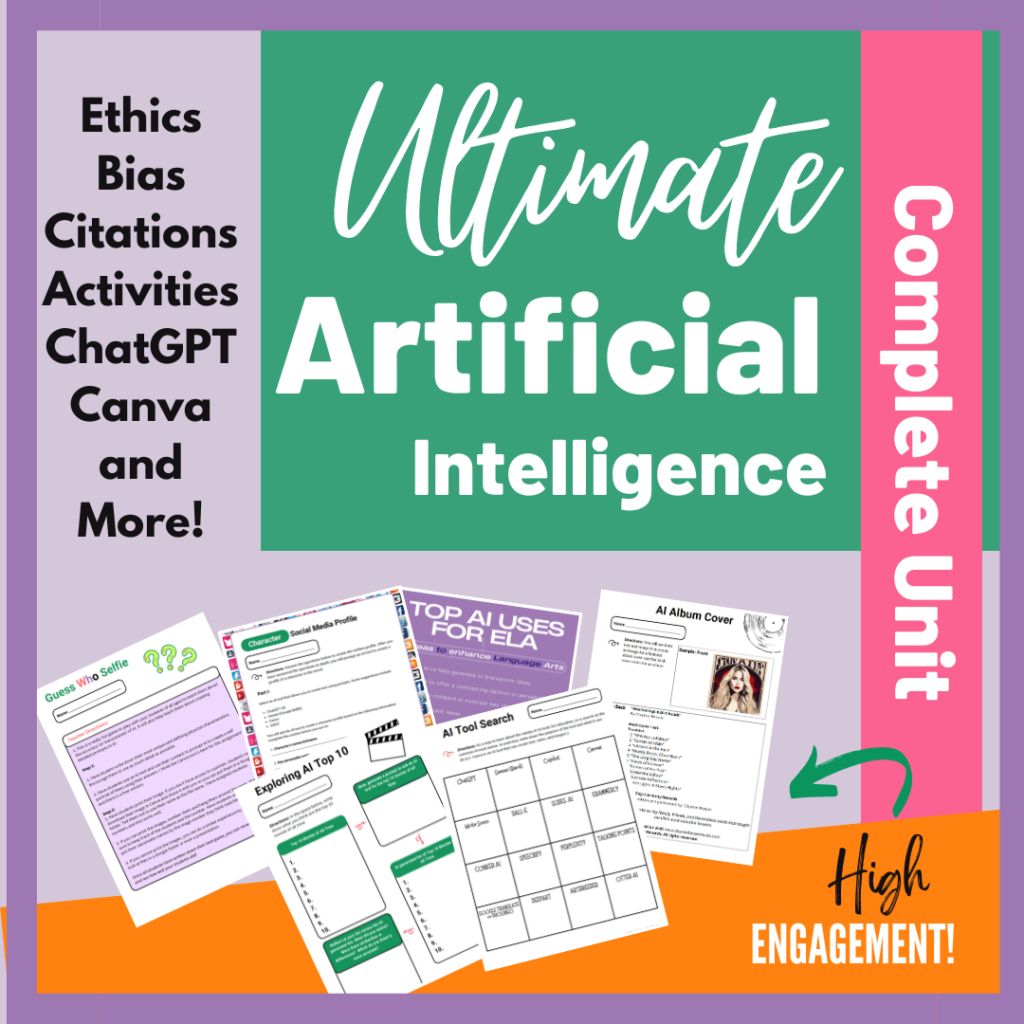
Final Thoughts
AI’s introduction into the ELA classroom is not just a trend, but a glimpse into the future of education. By adopting AI, teachers can alleviate the clerical aspects of their roles, dedicating more time to the core mission of teaching. This shift not only promises to enhance educational outcomes, but also to reinvigorate teachers’ passion for their profession, making the teaching of reading and writing more effective and enjoyable for both teachers and students.
Embracing AI in education requires a mindset shift—from viewing technology as a threat to seeing it as a powerful ally in the mission to educate the next generation. As the educational landscape evolves, AI can assist teachers in navigating this new terrain, ensuring they remain at the forefront of innovative and impactful teaching.

